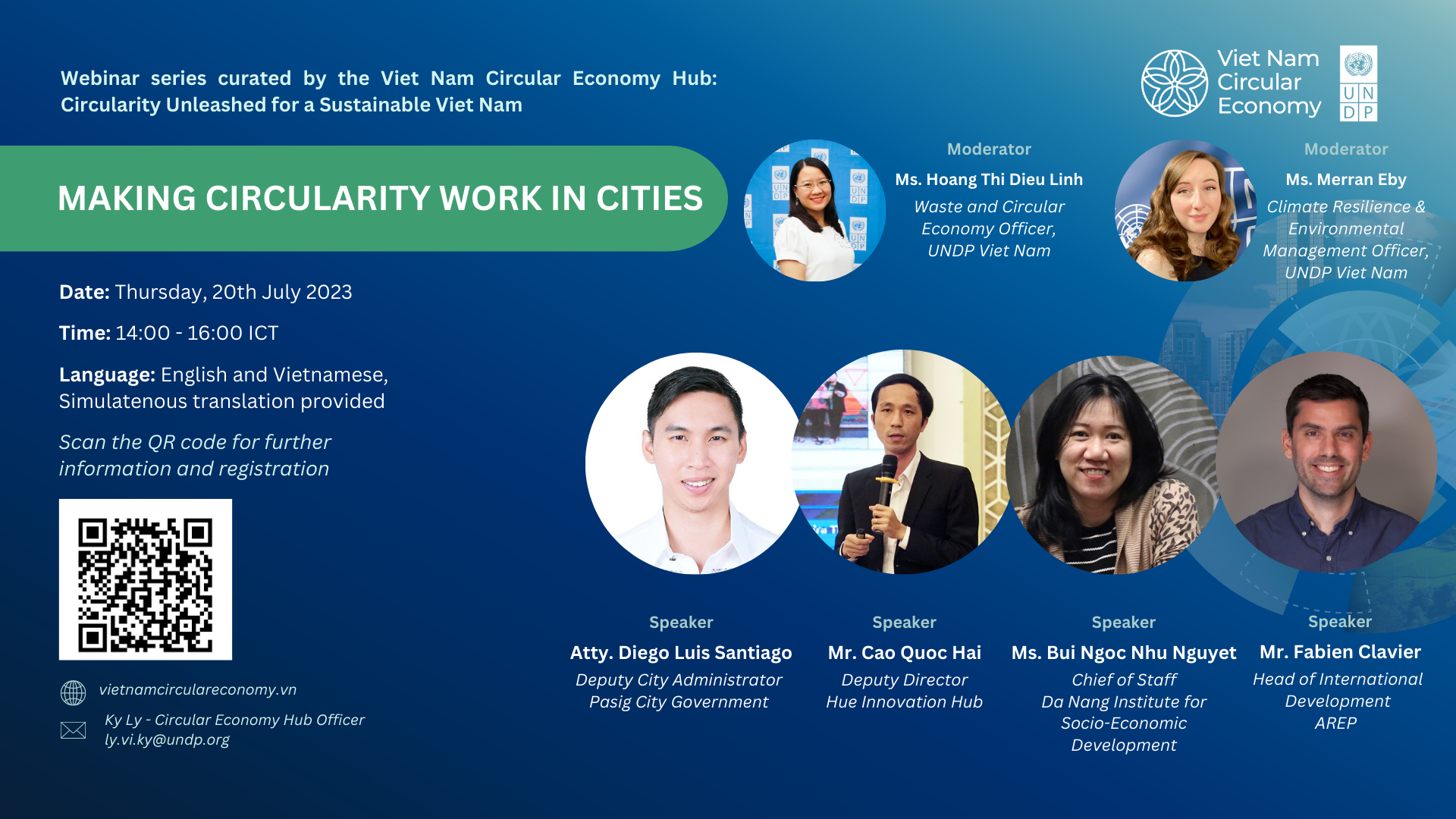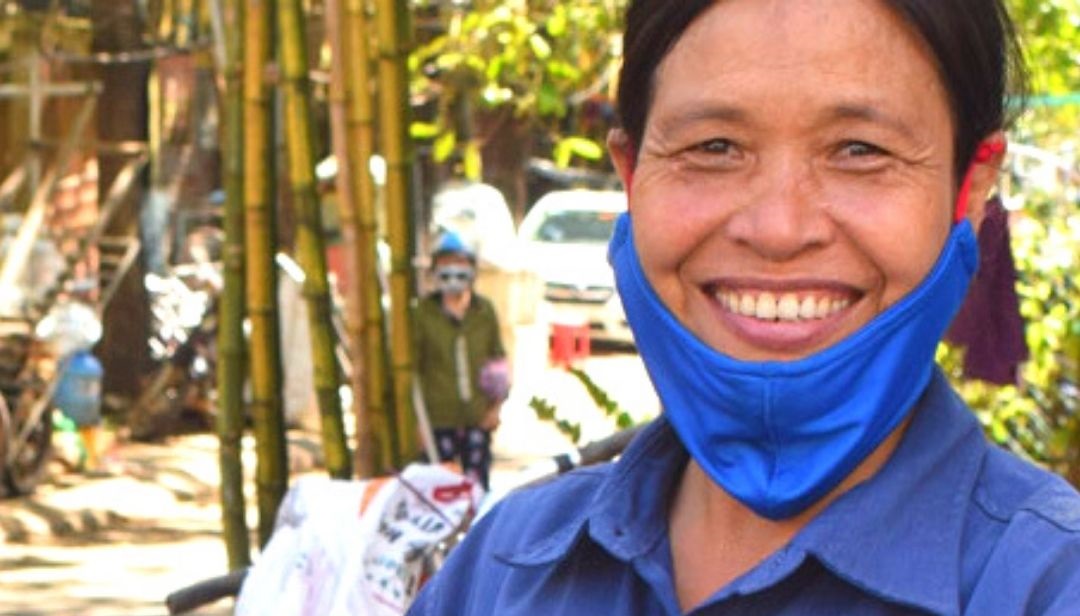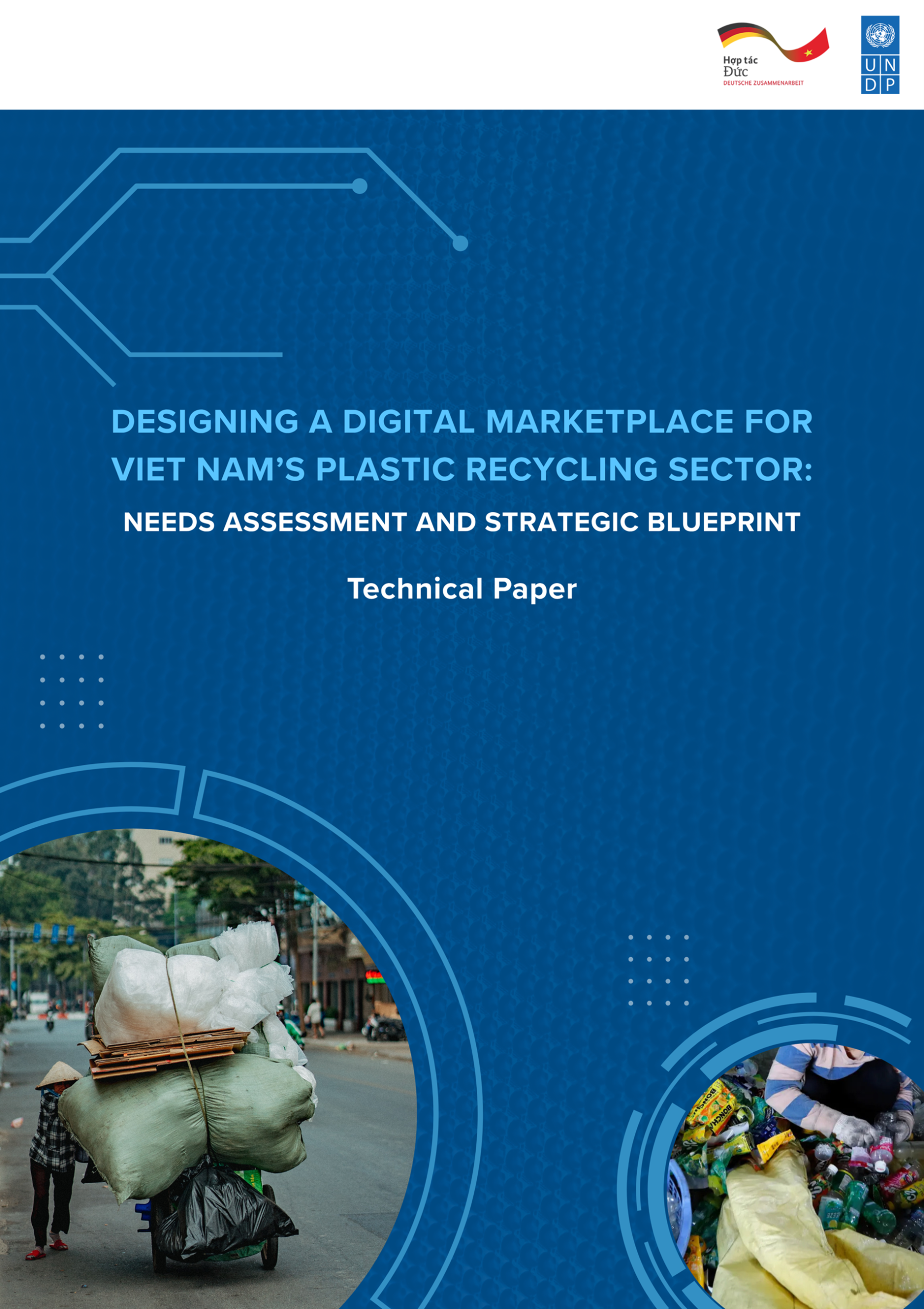Making circularity work in cities

The recording of the session, as well as the presentations and resources shared by the speakers, are available here.
“Making Circularity Work in Cities,” the last webinar in the series “Circularity Unleashed for a Sustainable Viet Nam,” occurred on Thursday 20 July 2023. The event, which assembled over 90 experts and CE practitioners from Viet Nam, the Philippines, Singapore, Japan, Italy, Hong Kong, and the USA, shared different approaches and methodologies that have been utilized to build circular roadmaps at the urban scale focusing on four cities in Viet Nam, the ASEAN region, and Europe.
Atty. Diego Luis Santiago, Deputy City Administrator of Pasig City in the Philippines, began the presentation by providing background information on the city’s local population and economy. He highlighted that, while the residents might not be familiar with the concept of a circular economy and no formal circular policies had been established at the local level, numerous economic activities in the city inherently followed circular principles. This natural circularity facilitated a smoother transition towards Pasig’s vision of becoming a model circular city, built upon three key pivots with strategic interventions:
- Nurturing a new market by promoting localized green procurement, establish a data-driven approach for circular economy initiatives, create a green products catalogue, and encourage product exchange.
- Taking advantage of the entrepreneurial city government to foster innovation by establishing a Circular Economy Hub, which would serve as a center for promoting circular initiatives and collaboration.
- Creating conscious consumers and citizens by launching social and behavior campaigns to raise awareness among residents and encourage them to become conscious consumers, contributing to a circular lifestyle.
He shared that Pasig was still in the early stages of this endeavor, with several ongoing initiatives designed to test the viability of circular principles and generate valuable early insights on what approaches might be successful and what might not. Some of these initiatives include urban gardening, a mobile Materials Recovery Facility (MRF), a cash bank system, and a shared services facility, among others.
Mr. Cao Quoc Hai, Vice Director of the Hue Innovation Hub, then discussed Hue’s policies and activities driving urban circularity. The city has been proactive in issuing legal documents to promote sustainable development and has undertaken projects to digitize waste management, electrify transport, and conduct education and communication campaigns to raise awareness. To further advance their circular economy efforts, Hue Innovation Hub recently collaborated with UNDP to conduct a comprehensive metabolic analysis covering materials, socio-economics, imports and exports, ethnographic information, and more. The findings from this analysis will be published for consultation this August and then contribute to formulating a thorough roadmap for Hue’s transition towards a circular economy.
Ms. Bui Ngoc Nhu Nguyet, Chief of Staff at the Da Nang Institute for Socio-Economic Development, provided valuable insights into Da Nang City’s journey of constructing a circular roadmap and the lessons learned from the process. To devise the roadmap for Da Nang, the institute had to integrate the national roadmap procedure with a smart city transition plan to develop a procedure comprised of twelve steps, one of which is to identify prioritized fields for circular transition. The study helped pinpoint seven such fields based on the local context: waste management, materials, energy, eco-parks, agriculture, water, and green consumption behavior. To ensure a well-organized and efficient transition, the roadmap was structured to progress in three phases, aligning harmoniously with the national scheme of circular economy development.
Reflecting on the lessons learned, Ms. Nguyet underscored the importance of meticulous planning and considering approaches and methodologies prior to implementation. Taking the time to carefully assess strategies enhanced the roadmap’s effectiveness and overall success. Additionally, she highlighted the significance of clarifying the responsibilities of each key player involved in the roadmap, which will foster effective coordination and collaboration among stakeholders.
Fabien Clavier, Head of International Development at AREP, concentrated on the aspect of infrastructure and materials, sharing insights on how Paris is planning to retrofit its existing railway stations to adapt to climate change and align with circular economy principles by using a bioclimatic and circulatory design approach. He stressed that Parisian train stations, being major consumers of energy and materials, must undergo a transformation to achieve the goal of decarbonizing mobility. To attain this, several targets were set for the energetic and circular transition of train stations:
- energetic transition:
- reduce energy consumption
- promote renewable energies
- reduce greenhouse gas emissions
- circular transition:
- create a GIS platform to locate the availability of materials
- accelerate the digitalization of buildings
- experiment materials reuse on projects
Fabien then proceeded to provide examples of the initiatives undertaken by AREP to achieve these targets. AREP is currently building a GIS platform to map the availability of materials, facilitating their efficient and sustainable use. Additionally, advanced digital solutions are being implemented to support the reuse and high-quality recycling of building materials, as demonstrated in a European project. In another competition, AREP also ideated the reuse of the glasses from Pompidou elevator for the train station.
Key takeaways
- To ensure successful implementation, it is crucial to clarify the responsibilities of each key player involved in the roadmap, whether from the public or private sectors.
- Proposals for transformation should be tailored to the specific context and characteristics of the local situation while aligning with the national development orientation.
- The transformation solution should include a well-coordinated and comprehensive implementation roadmap/plan for each group of stakeholders, including those from the private sector.
About the webinar series:
- Catch up on the first webinar in the series, “Measuring Circular Economy Policies: Frameworks and Metrics via this
- Catch up on the second webinar in the series, “Financing the Circular Economy Transition in Viet Nam,” via this












